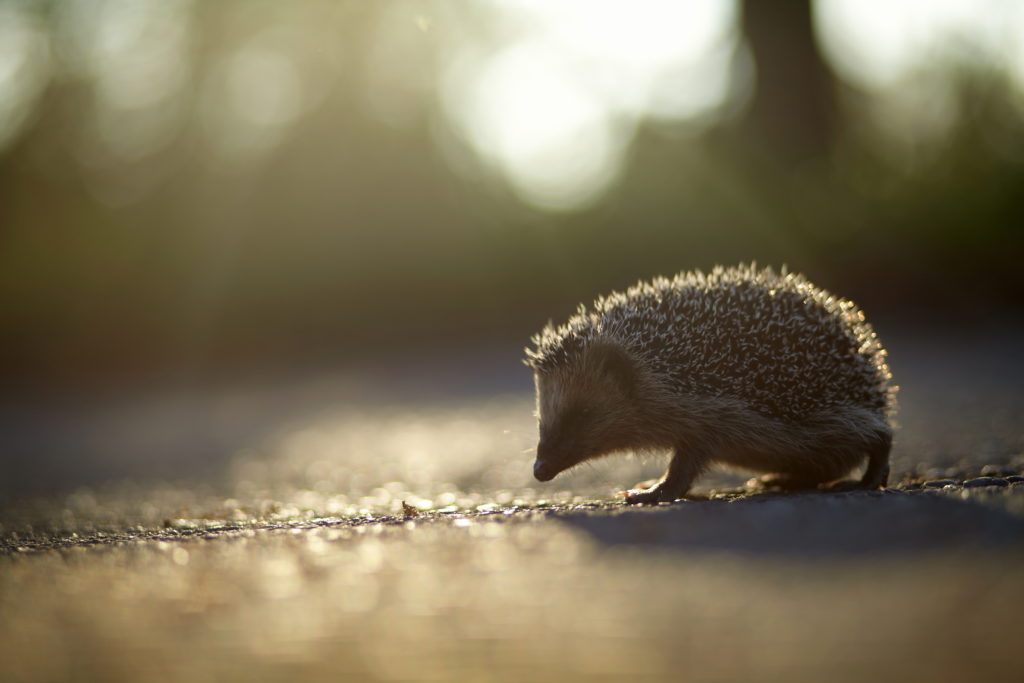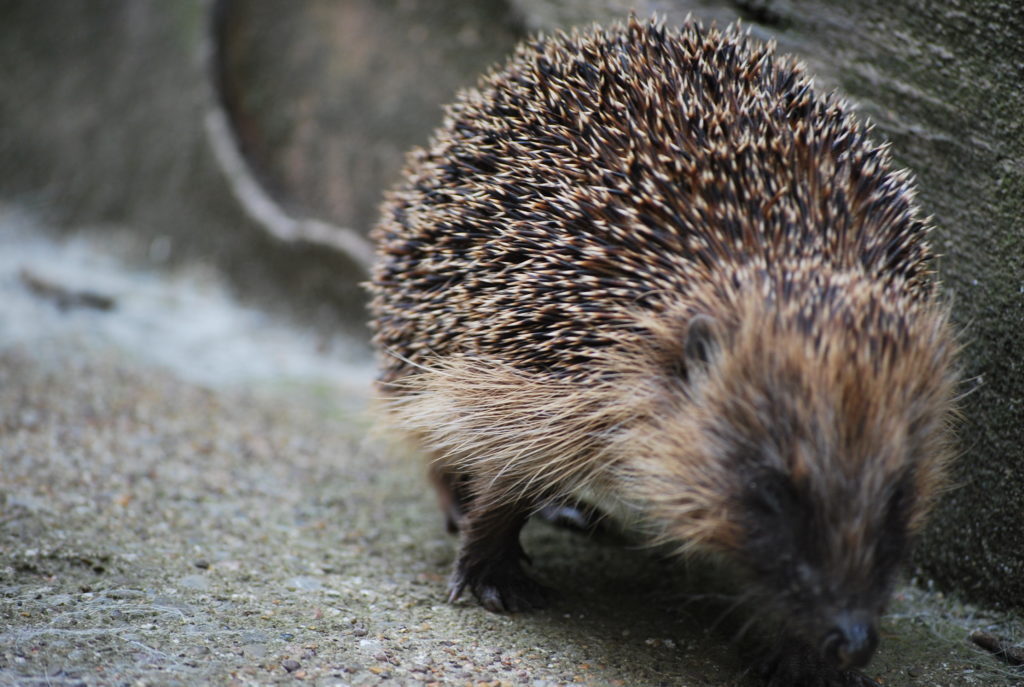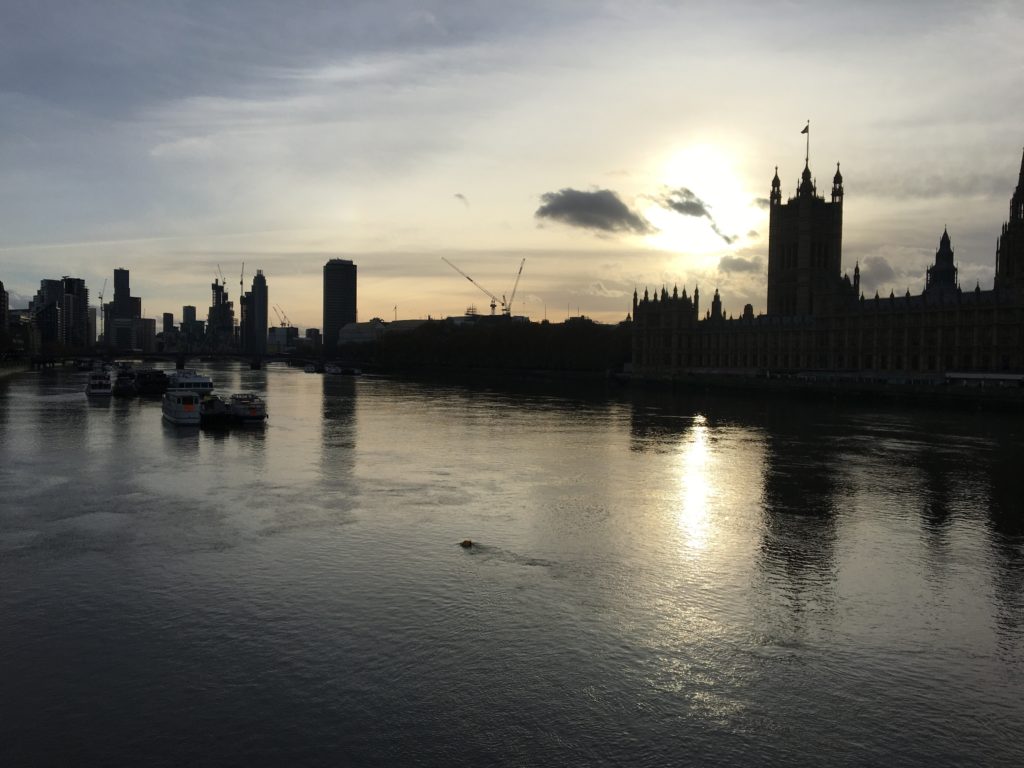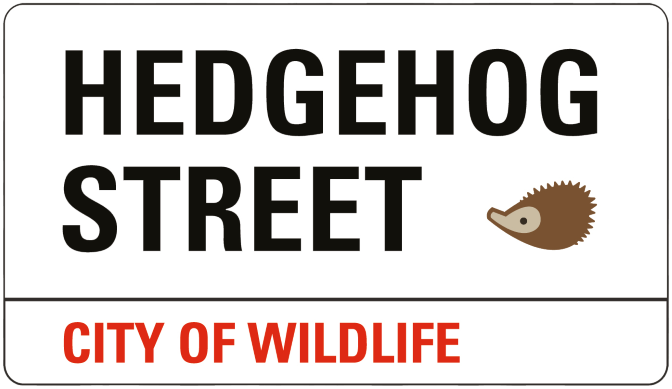New research: Understanding urban threats to hedgehogs
11th February 2021
Urban areas are an increasingly important refuge for hedgehogs. Our gardens and green spaces can offer offer food, shelter and safety from predators. However, while there are benefits of urban and suburban areas for hedgehogs, there are also limitations. Urban habitat is broken up by barriers such as buildings, fences and roads, which can lead to populations becoming isolated from each other.
In order to better protect our urban hedgehogs, we need to understand how this fragmented habitat is affecting them.

Studying hedgehogs in London
Hedgehog populations are known to be in decline in London, and have largely collapsed in the city centre. Jessica Turner is a researcher based at the Institute of Zoology and Queen Mary University of London. She is embarking on a research project looking at how isolated these populations are, and what impact this is having on them.
Jessica will focus on how the below factors are affected by the urban landscape.
- Distribution: where are hedgehogs found in the city?
- Genetic structure: how is the pattern of genes affected?
- Connectivity: are populations isolated from one another?
In particular, she will examine whether urban hedgehog populations have reduced genetic diversity and increased inbreeding. This refers to the range of genes in a population; if individuals are too similar they become less resilient to disease and other stresses.
In addition, Jessica will try to establish hedgehog numbers in the city and how they have changed over time. She will also explore how urban features influence where hedgehogs are found within the city, and which of them act as barriers or corridors for hedgehog movement. For instance, canal paths might provide long continuous passages for them, but canals and rivers also pose dangers.

We want to ensure the long-term survival of our city-dwelling hedgehogs, and results of this research will help us to better understand the threats they face. It will help to shape conservation efforts in these areas, as we continue to work with developers, councils and greenspace managers.


